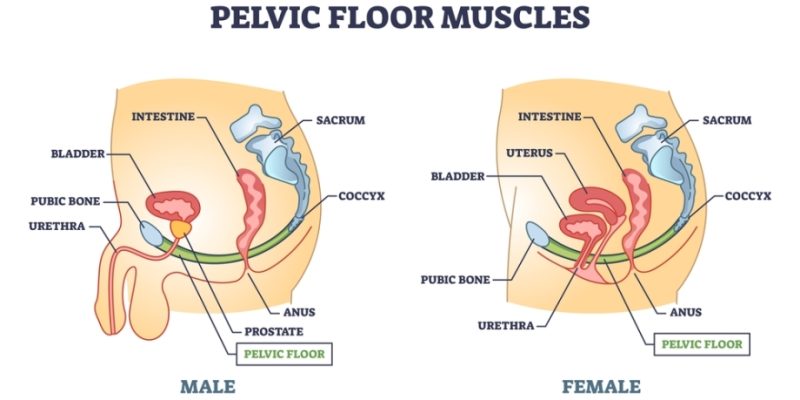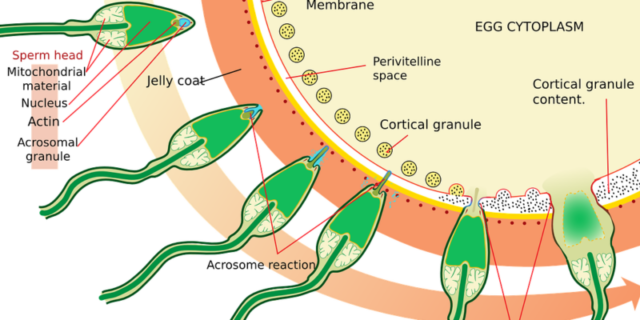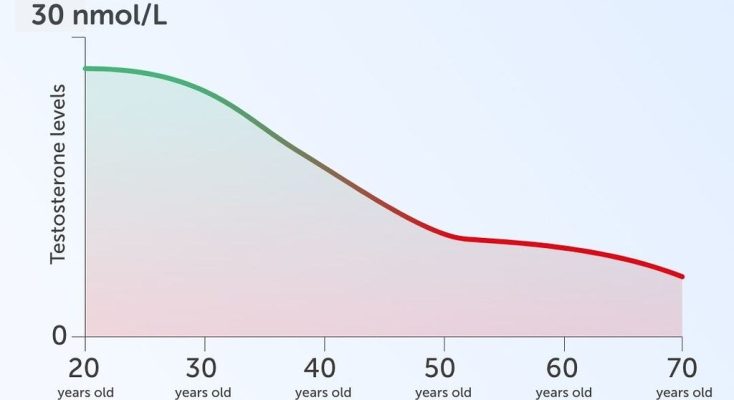
Introduction
Menopause is a natural part of aging that usually happens to women in their late 40s or early 50s. It’s when a woman stops having periods, meaning she can no longer get pregnant naturally. Menopause brings changes in the body that can cause uncomfortable symptoms like hot flashes, mood changes, and trouble sleeping.
One way to help manage these symptoms is through hormone replacement therapy (HRT). Among the various types of HRT, bioidentical hormone replacement therapy (BHRT) is becoming more popular. BHRT uses hormones that are the same as the hormones naturally made by your body.
In this article, we will explore how BHRT can help with the symptoms of menopause and make this time more comfortable for women. We’ll look at what BHRT is, how it works, and why it might be a good choice for managing menopause symptoms.
Understanding Menopause and Its Symptoms
Menopause marks a significant change in a woman’s life, signaling the end of her reproductive years. It’s not just about missing periods; it involves shifts in the hormones produced by a woman’s body, leading to various symptoms.
Common Symptoms of Menopause
- Hot Flashes: These are sudden feelings of heat that seem to come from nowhere and spread throughout the body. You might see someone sweating a lot and turning red as if they’re too warm.
- Mood Swings: Women may feel happy one moment and sad the next without any clear reason. It’s like being on an emotional roller coaster.
- Sleep Disturbances: Falling asleep or staying asleep can become difficult, leading to tiredness during the day.
- Hormonal Imbalances: The body makes less estrogen and progesterone, which can affect everything from how you feel to how well you sleep.
Impact on Life
These symptoms can really change how someone feels day-to-day. They can make a person feel uncomfortable, disrupt their sleep, and even affect their mood and relationships with others. This is why managing these symptoms is so important.
What is Bioidentical Hormone Replacement Therapy?
Bioidentical hormone replacement therapy (BHRT) is a type of treatment designed to help relieve the symptoms of menopause by using hormones that are exactly like the ones naturally produced by the human body. Unlike traditional hormone therapies that often use synthetic hormones or those derived from animals, BHRT matches the molecular structure of the hormones found in your body.
Types of Hormones Used in BHRT
- Estrogen: This is one of the main hormones that decrease during menopause. BHRT uses a form of estrogen that is the same as what your body would naturally produce.
- Progesterone: Another crucial hormone that drops during menopause. Bioidentical progesterone is used to balance the effects of estrogen and help improve sleep and mood.
- Testosterone: Although it’s often thought of as a male hormone, women also need testosterone in smaller amounts for energy and libido, which can also decrease during menopause.
Customizing BHRT
One of the key benefits of BHRT is its ability to be customized for each individual. A healthcare provider can test your hormone levels and create a specific mix of hormones tailored just for you. This personal approach helps in effectively managing your symptoms with a potentially lower risk of side effects.
What is Bioidentical Hormone Replacement Therapy?
Bioidentical Hormone Replacement Therapy (BHRT) is a special kind of treatment that helps women deal with the symptoms of menopause. Unlike regular hormone therapy, which uses different kinds of hormones, BHRT uses hormones that are just like the ones your body naturally makes. This means they are a perfect match for your body, and your body can use them as if they were its own.
How BHRT Works
BHRT uses hormones made from plants to match the hormones you have in your body. These hormones help balance the levels in your body so you feel more like yourself. Doctors look at what your body needs and then pick the right hormones and the right amount for you.
Types of Hormones Used
The main hormones used in BHRT are:
- Estrogen: This is a hormone that plays a big role in managing how you feel during menopause. It helps control a lot of the changes in your body.
- Progesterone: This hormone works with estrogen to keep your body in balance.
- Testosterone: Even though it’s often thought of as a male hormone, women need small amounts of testosterone too, for energy and to feel well.
These hormones can come in different forms, like pills, creams, patches, or even drops that you put under your tongue.
Benefits of BHRT in Managing Menopause Symptoms
BHRT can really help women who are struggling with menopause symptoms. Here’s how:
- Better Sleep: By balancing hormone levels, BHRT can help you sleep better, which makes you feel more rested and alert during the day.
- Fewer Mood Swings: With hormones balanced, you might not feel as moody. You can feel more stable and happy.
- Less Hot Flashes: Many women notice that they have fewer hot flashes and they are not as intense.
- Overall Better Feeling: When your hormones are balanced, your body feels better overall. You might have more energy and just feel like doing more things.
Potential Risks and Side Effects of BHRT
Just like any treatment, bioidentical hormone replacement therapy (BHRT) can have some risks and side effects. It’s important to know about these so you can make the best decision for your health.
Common Side Effects
Some women using BHRT might notice:
- Tiredness: Sometimes, adjusting to new hormone levels can make you feel more tired than usual.
- Weight Changes: You might gain a few pounds, or your weight might shift around a bit.
- Mood Changes: Even though BHRT usually helps with mood swings, at first, it might make you feel a bit different as your body gets used to it.
More Serious Risks
There are also some more serious things to watch out for:
- Blood Clots: Hormones can increase the chance of blood clots, which can be dangerous if they happen in the legs or lungs.
- Cancer Risks: Some studies suggest there might be a small increase in the risk of certain types of cancer with long-term hormone use, but this is still something doctors are studying.
It’s really important to talk to a doctor and keep checking in with them if you start BHRT. They will watch for any serious side effects and make sure the treatment is working right.
Comparing Risks with Traditional HRT
Compared to traditional hormone replacement therapy, BHRT might have similar risks. However, because BHRT uses hormones that are just like the ones your body makes, some people believe they might be safer or easier on your body. More research is needed to know for sure.
How to Start with BHRT
If you think BHRT might be right for you, here’s how you can start:
- Talk to Your Doctor: The first step is to have a chat with your healthcare provider about your symptoms and health history. They can tell you if BHRT might be a good option.
- Testing: Your doctor will do some tests to check your current hormone levels. This helps them figure out exactly what you need.
- Personalized Treatment Plan: Based on your tests, your doctor will make a treatment plan just for you. This might include different types of hormones in forms like pills, creams, or patches.
- Ongoing Check-ups: Once you start BHRT, you’ll need to see your doctor regularly to make sure everything is going well and adjust your treatment if needed.
Conclusion
BHRT can be a helpful way to manage menopause symptoms and feel better during this big change in your life. It offers a personalized approach by using hormones that are just like the ones your body used to make naturally. However, it’s important to be aware of the risks and keep in close contact with your healthcare provider.
If you’re dealing with menopause symptoms and looking for relief, consider talking to a specialist about whether BHRT could be right for you. It’s always good to explore your options and choose what feels best for your body and lifestyle.


















